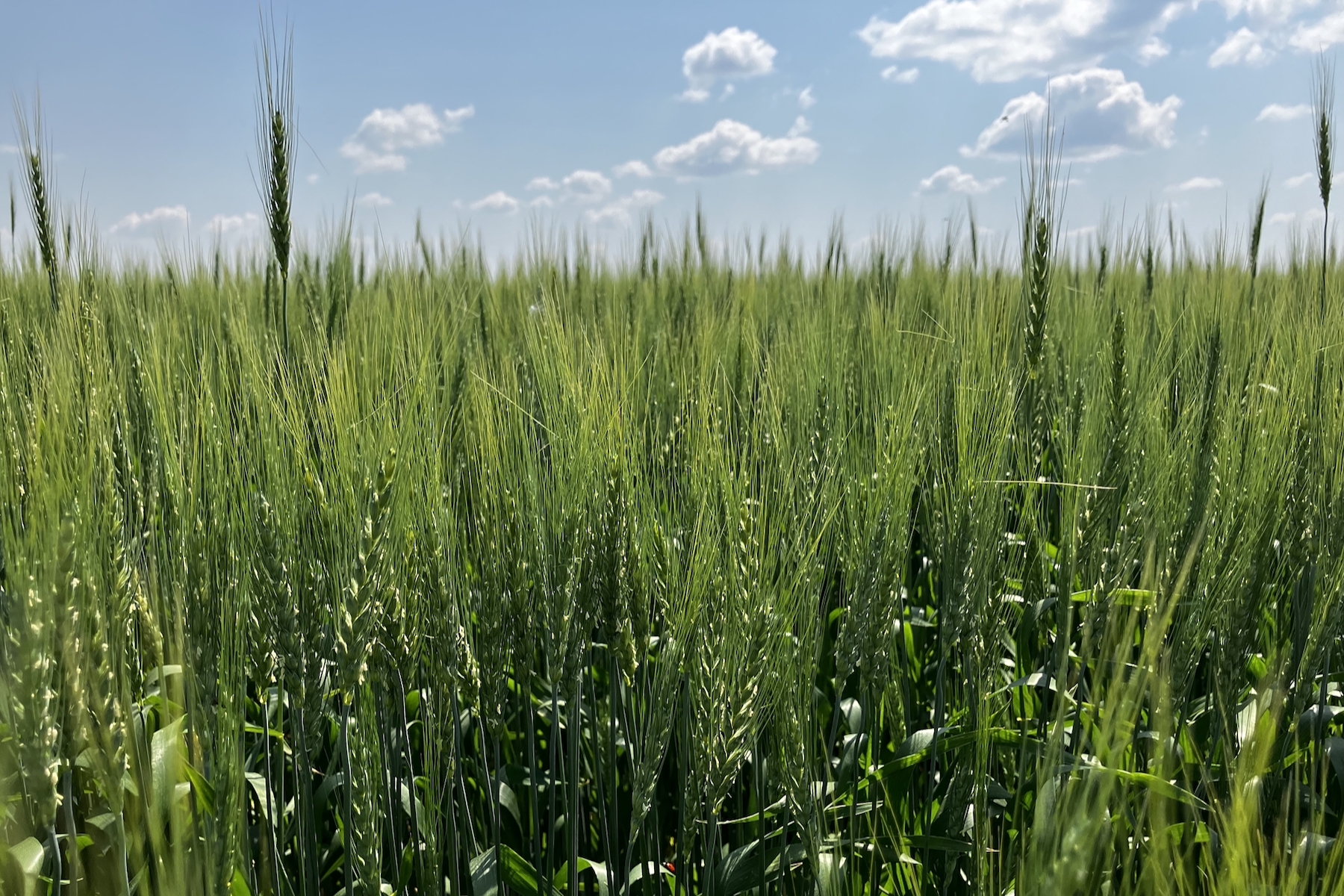Chicago | Reuters – Chicago Board of Trade wheat futures fell on Friday and notched a weekly loss, as plentiful global supply from ongoing Northern Hemisphere harvests outweighed strong U.S. exports.
Corn futures eased on the day, with the most-active contract Cv1 ended the week nearly 2.05 per cent lower, amid expectations of a large U.S. harvest.
Corn faced pressure from weather forecasts calling for milder nighttime temperatures in the Midwest in August, which can be beneficial to the plants during the crucial grain-fill period, traders said.
Read Also
CBOT Weekly: Futures rise on multiple factors
Different factors caused crop futures on the Chicago Board of Trade to rise during the week ended Sept. 17, 2025.
CBOT soybeans slipped on trade uncertainty and export demand questions, as U.S. weekly export sales hovered at the lower end of trade estimates.
Traders said they were trying to position ahead of the Trump administration’s August 1 tariff deadline, but were hesitant to make big shifts in their trading models as U.S. talks are progressing with several top export markets.
The European Union and the United States could reach a framework deal on trade this weekend, ending months of uncertainty for European industry, EU officials and diplomats said.
The U.S. Department of Agriculture confirmed private sales of 140,000 metric tons of U.S. new-crop corn to South Korea and another 102,870 tons to Mexico, and private sales of 142,500 metric tons of U.S. new-crop soybeans to Mexico.
The most-active wheat, soybean and corn futures all ended the week lower. CBOT wheat Wv1 ended down 3-1/4 cents at $5.38-1/4 a bushel, with CBOT corn Cv1 closing 1-3/4 cents lower at $4.19 a bushel.CBOT soybeans Sv1 settled down 3-1/4 cents at $10.21 a bushel.
U.S. wheat exports, which have been considered among the cheapest on the global market, have been brisk. Net U.S. wheat export sales for the week ended July 17 came in at 712,000 metric tons, at the high end of a range of trade estimates.
Scouts on an annual North Dakota crop tour projected hard red spring wheat yields in the top-producing state will average 49.0 bushels per acre, down from a record 54.5 bpa last year.
While North Dakota accounts for roughly half of U.S. spring wheat production, crop conditions in nearby states are showing wide variability, said Mike Castle, a senior market analyst at StoneX.
In an note Friday, Castle said Minnesota’s crop is in nearly the best condition on record, while Montana’s crop was rated as the worst on record until recently.
– Additional reporting by Peter Hobson and Sybille de La Hamaide













